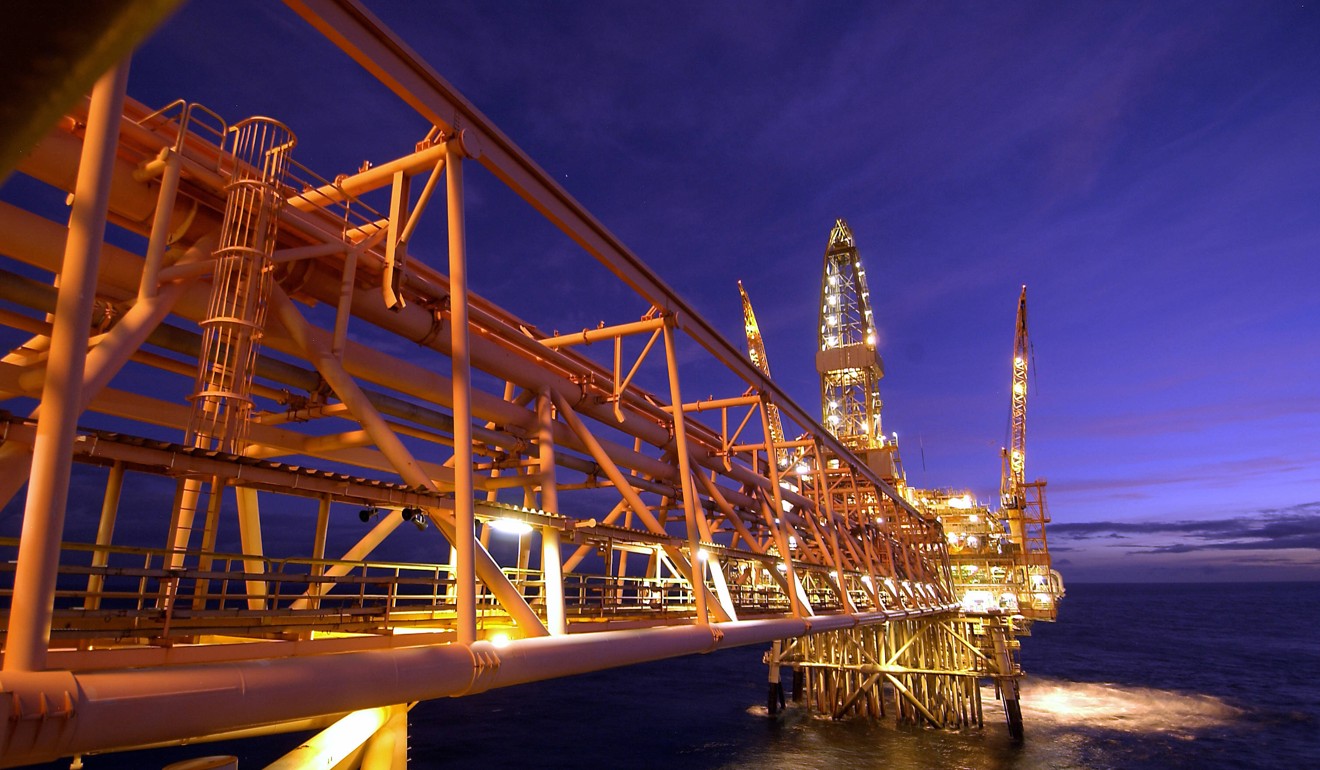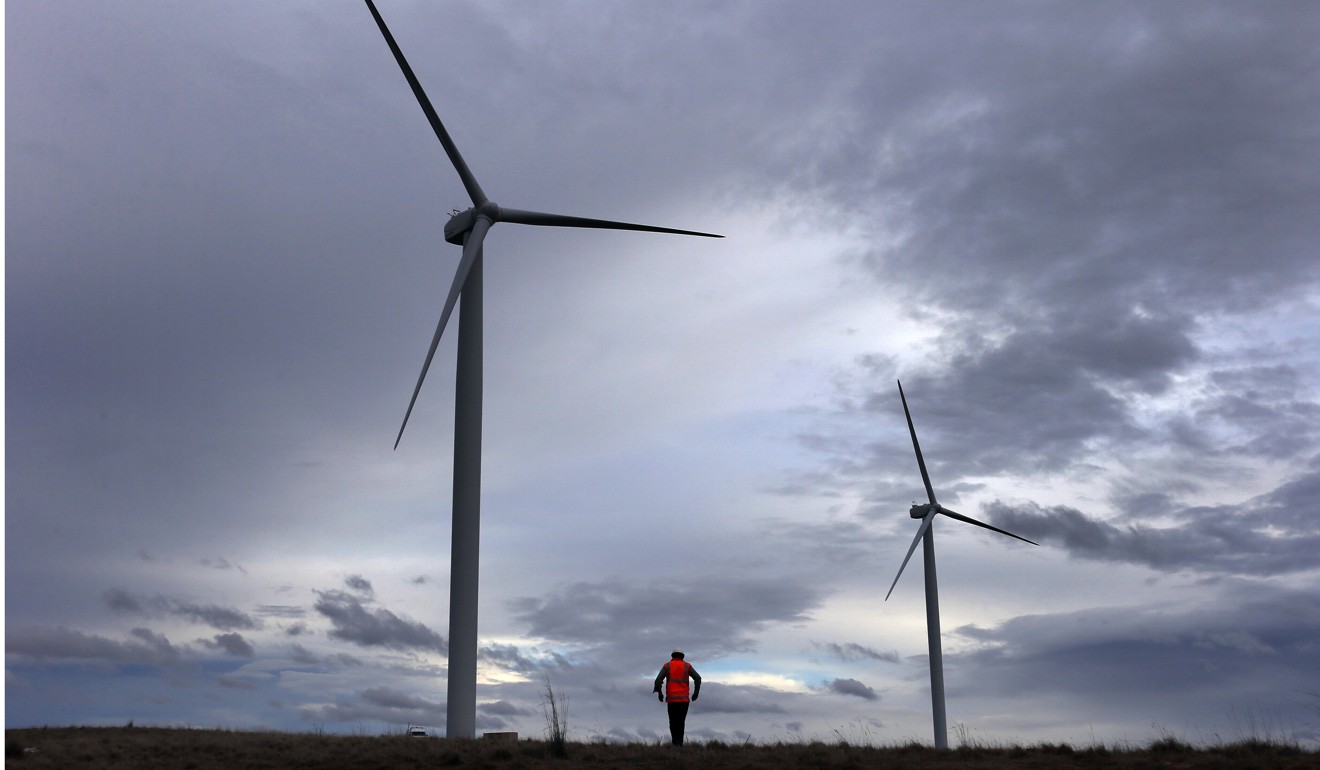
Renewables to replace gas as South Australia’s main electricity source within eight years
Renewables and battery storage will replace gas as South Australia’s main source of electricity within eight years, according to industry analysts.
The state’s energy transition could be a “leading case study on managing a power system in transition for other mature markets to follow”, says a report by Wood Mackenzie.
The news comes as the South Australian government presses ahead with plans to build its own new gas generator and AGL pursues plans to build a new gas power station to replace part of its ageing Torrens Island gas generator.
“Currently, South Australia’s peak loads are managed by open-cycle gas turbine (OCGT) plants,” said Wood Mackenzie’s Asia-Pacific power and renewables principal analyst, Bikal Pokharel.
“But, by 2025, battery storage would be cheaper than OCGTs in managing peak loads ... OCGTs would then be relegated as emergency back-ups.”
According to the analysis by Wood Mackenzie and Greentech Media Research, battery costs will fall by 50 per cent by 2025.
“If current cost trends continue, 2025 could very well see renewables and batteries overtake rival generating alternatives in dominating South Australia’s power system, and the region could become a leading case study on managing a power system in transition for other mature markets to follow,” Pokharel said.

The researchers estimated that 1600 MWh of battery storage would be enough to satisfy South Australia’s needs by 2025. That is four times the capacity and 12 times the storage of the new Tesla Hornsdale facility announced this month but would be a very different type of battery system since that facility is designed for energy security, not for residual peak supply.
The price of battery storage would drive gas out of the system, the analysts said, but so too would the high penetration of wind and solar.
Assuming all committed renewables projects proceed, 67 per cent of South Australia’s capacity would be provided by renewable generation by 2025.
That capacity would require dispatchable power to make up for the intermittent nature of wind and solar. But, according to the analysts, gas would not be able to provide that service.
“With significantly increased renewable penetration and hence the intermittency, monthly and hourly gas demand fluctuations will be increasingly pronounced,” Pokharel told the Guardian. “Current gas supply and transportation terms cannot meet this type of demand profile.”
As a result, they found that expensive diesel generators might become economic since the fuel can be easily stored and made available quickly when needed.

Pokharel said changes to the operation of the market could allow gas to compete after that date. To do that, subsidies would be required in return for standing capacity, or for “must-run” gas units.
The state also said on Thursday that it will seek to reduce the electricity bills of more than 180,000 low-income households by directly negotiating with energy companies on their behalf.
The government will invite energy companies to bid to be the supplier for low-income households that currently receive energy concessions.
Any savings from buying in bulk will be passed on to consumers, says the social inclusion minister, Zoe Bettison. “We know the majority of people receiving the state government’s energy concessions are on standing contracts; we believe we can negotiate a much better deal for them,” Bettison said.
The government is hoping that as well as offering lower prices the energy companies will include flexible payment options to assist people paying their bills.

